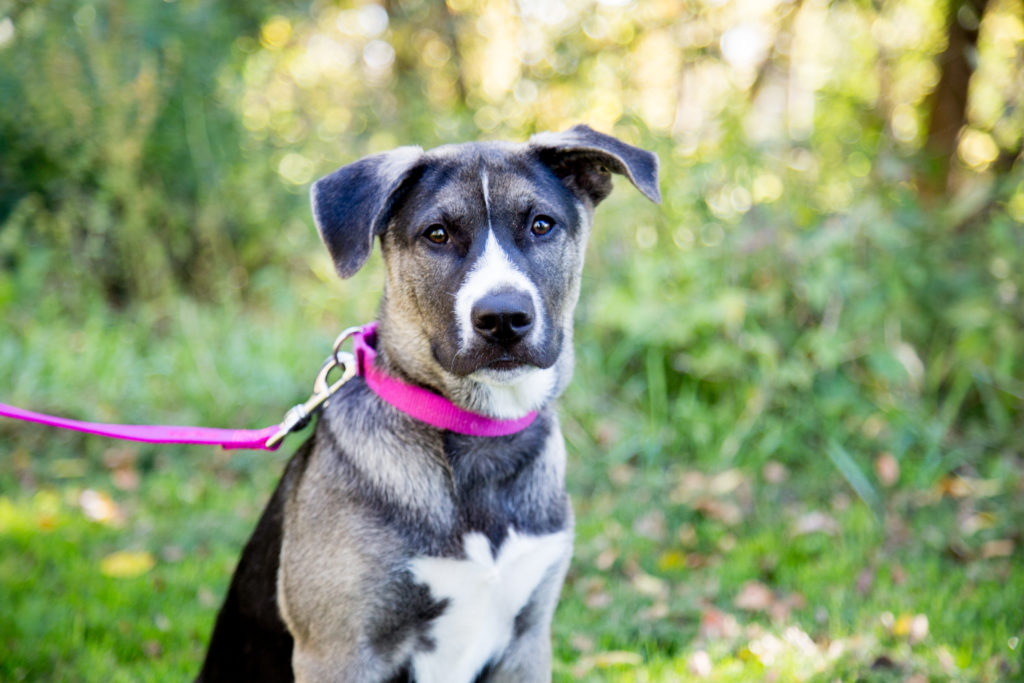
Dog collars for active breeds Dos and Donts: A Guide for Health-Conscious Pet Owners
Share
For health-conscious pet owners, choosing the right dog collars for active breeds can be a daunting task. The choice of collar not only affects the comfort and safety of your dog but also plays a crucial role in their overall health and well-being. In this comprehensive guide, we will delve into the essential dos and don'ts of selecting and using dog collars for your active canine companion.

Understanding the Needs of Active Breeds
Active breeds are known for their high energy levels and need for regular exercise. Breeds like Border Collies, Labrador Retrievers, and Australian Shepherds require collars that can withstand their vigorous activities. A poorly chosen collar can lead to discomfort, injury, or even behavioral issues. Therefore, selecting a collar that aligns with your dog's lifestyle is imperative.
When considering dog collars for active breeds, it's important to think about the materials and design. Look for materials that are durable yet comfortable against your dog's skin. Nylon and leather are popular choices because they offer a good balance between strength and comfort. Additionally, ensure the collar fits well it should be snug but not too tight, allowing you to slip two fingers between the collar and your dog's neck.
The Dos of Choosing Dog Collars for Active Breeds
Do Consider the Material
As mentioned earlier, the material of the collar is crucial. Nylon collars are lightweight and often water-resistant, making them suitable for dogs that love water activities. Leather collars, on the other hand, are known for their durability and can withstand rigorous activities over time. For more insights on pairing collars with dog clothes, check out this article.
Do Opt for Adjustable Collars
Active breeds often have varying neck sizes due to muscle development from their activities. An adjustable collar allows you to easily modify the fit as your dog grows or gains muscle. This ensures your dog remains comfortable and avoids any restrictions that can lead to discomfort or injury.
Do Prioritize Safety Features
Look for collars with reflective strips or LED lights if you often walk your dog during early mornings or late evenings. These features enhance visibility, making it safer for you and your dog in low-light conditions. For more on keeping your dog safe during walks, learn about dog training collars for barking here.
The Don'ts of Using Dog Collars for Active Breeds
Don't Ignore Signs of Discomfort
Never ignore signs that your dog is uncomfortable with their collar. Red marks, chafing, or a dog constantly scratching at their collar are indications that the collar may not be suitable. If you notice any of these signs, consider trying a different material or design. Read more about avoiding common pet mistakes here.
Don't Leave the Collar on 24/7
While it might be tempting to keep the collar on at all times, it's important to give your dog breaks. Leaving a collar on all day can cause fur loss or skin irritations. Always remove the collar during nap times or when your dog is relaxing indoors. For more on this topic, see this guide.
Don't Choose Fashion Over Function
While a stylish collar might catch your eye, it should never compromise on functionality. Always prioritize a collar's comfort, durability, and safety features over its appearance. It's crucial to remember that utility should always come first when it comes to your pet's health and safety.
Additional Tips for Health-Conscious Pet Owners
As a health-conscious pet owner, you're likely aware of the impact your choices have on your dog's well-being. Here are some additional tips to ensure you're selecting the best collar for your furry friend:
- Regularly check the collar for wear and tear. Replace it if it shows signs of damage.
- Ensure your dog is microchipped and the collar has an ID tag for added security.
- Consult with your veterinarian for collar recommendations tailored to your dog's specific needs.
For a deeper dive into the history of dog collars and their evolution, you can explore this article.

FAQs
Can I use a harness instead of a collar for my active breed?
Yes, a harness is a great alternative, especially for dogs prone to pulling. It distributes pressure more evenly across the body, reducing strain on the neck.
How do I measure my dog's neck for the perfect collar fit?
Use a measuring tape to measure around the base of your dog's neck, ensuring you can fit two fingers between the tape and their skin for comfort.
Are there specific collars recommended for breeds with longer necks?
For breeds with longer necks, such as Greyhounds, a martingale collar is often recommended. It provides more control without choking the dog.
This article contains affiliate links. We may earn a commission at no extra cost to you.
